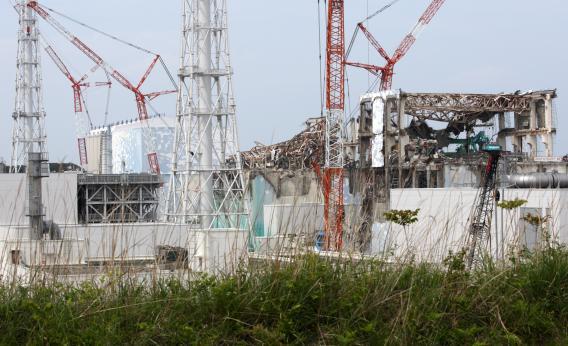Of all the horrors of Japan’s earthquake and tsunami, the radiation released from the Fukushima Daiichi nuclear power plant was not the worst. Three reactors melted down, but better engineering and stronger containment meant that the resulting radiation levels were significantly less severe than those of Chernobyl.
That doesn’t mean the local wildlife—or, necessarily, the local humans—came through unscathed, though. Earlier this year, bluefin tuna turned up off the coast of California sporting elevated levels of cesium. Not a huge deal: Tuna already contain natural levels of radiation much larger than the amount they contracted from Japanese waters.
Now, somewhat more disturbingly, researchers have found “severe abnormalities” in butterflies collected from Fukushima last year. In a new paper published in Nature’s online journal Scientific Reports, a Japanese research team reports that adult pale grass blue butterflies have shown mutations to their wings, legs, and antennae at rates far higher than those of the normal population.
What’s alarming—though not entirely unexpected—is that the relatively mild mutations found in the butterflies initially collected at the scene seem to be getting worse in their offspring. That’s true for offspring bred offsite as well as second-generation butterflies found at Fukushima, indicating that the radiation has caused lasting genetic damage to the species.
How much the Fukushima radiation will affect human health remains unclear. No one died as a direct result of radiation at the site, and only about 100 workers have been identified as having incurred levels of radiation high enough to significantly increase their cancer risk. Still, the mutant butterflies aren’t a particularly encouraging sign.
